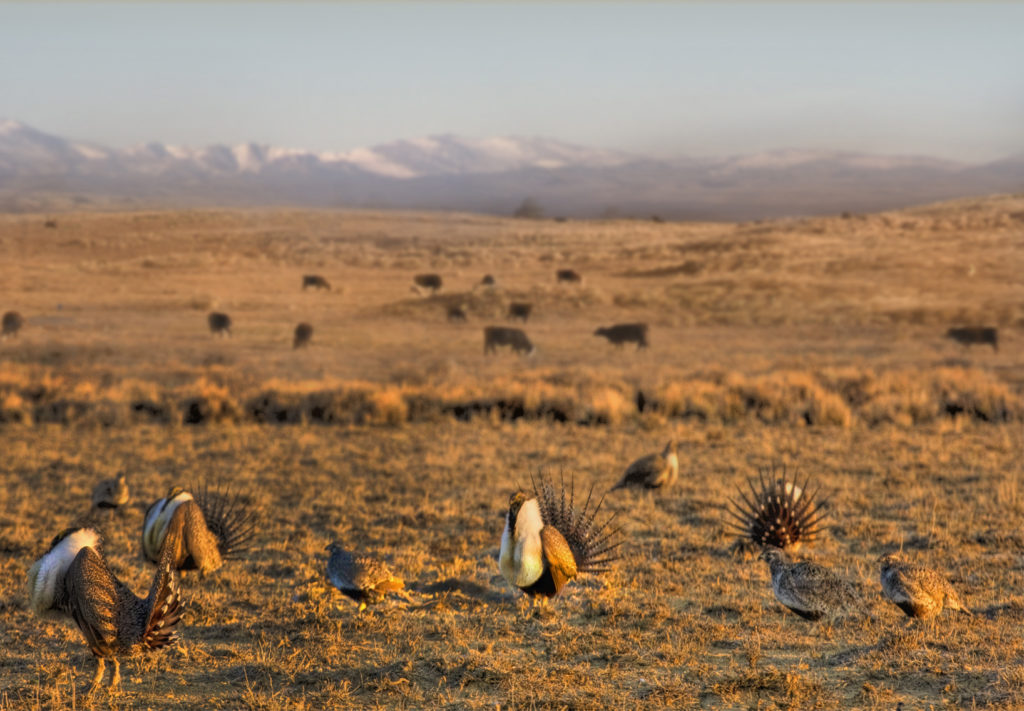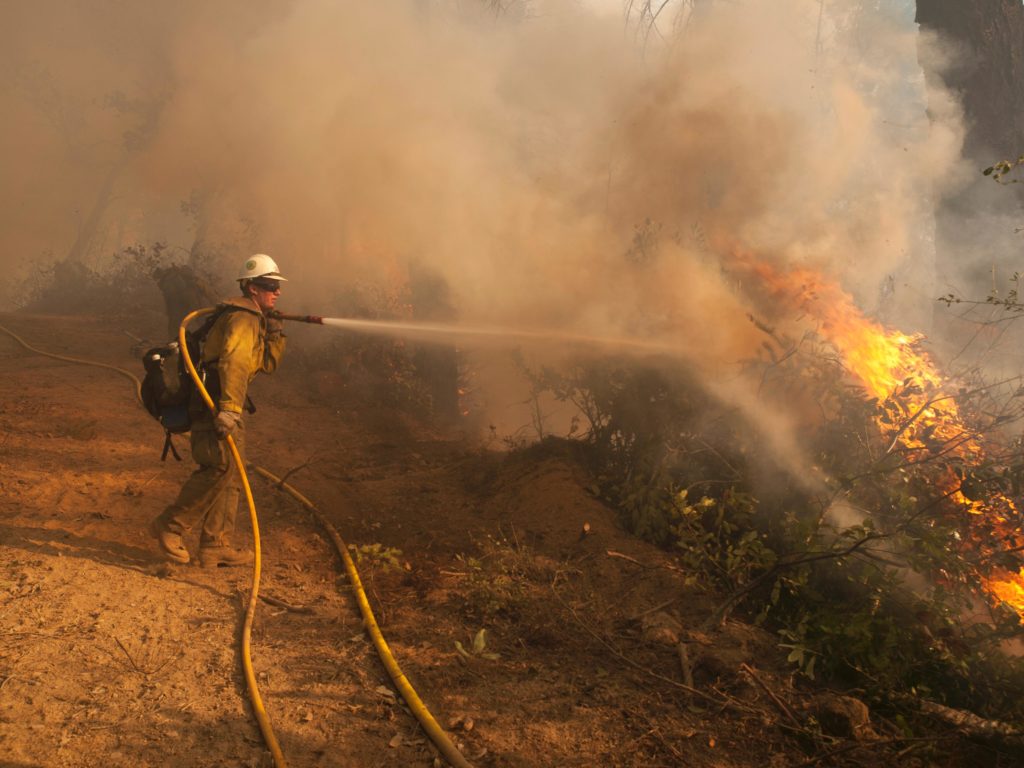The TRCP’s scouting report on sportsmen’s issues in Congress
The Senate and House are both in session this week.

A major piece of water legislation will see a final vote early this week. The Senate will begin the week by wrapping up consideration of a two-year reauthorization of “The Water Resource Development Act.” The bill includes important provisions, such as the Central Everglades Planning Project (CEPP), which would restore natural water flows in Florida’s Everglades, and provisions that would aim to improve habitat connectivity.
Chairman of the Senate Environment and Public Works Committee James Inhofe (R-Okla.) asked all Senators to file amendments by last Friday at noon. Two amendments passed with a voice vote, including revisions to the Rural Western Water program – a voluntary land sale or transfer program funded by the National Fish and Wildlife Foundation to enhance freshwater habitat. Chairman Inhofe and ranking member Barbara Boxer (D-Calif.) are negotiating on the remaining proposed amendments that will be debated on the Senate floor early this week.
Next, the Senate will decide how to fund the government through December 9. A short-term continuing resolution (CR) could include monetary aid to help combat lead-contaminated water in Flint, Michigan, fund Zika virus relief, and assist with the $8.7 billion in damages from the flood disaster in Baton Rouge, Louisiana.
House leadership also met last Friday to discuss what comes after a short-term CR. House Majority Speaker Paul Ryan (R-Wis.) suggested passing smaller packages, referred to as “minibuses,” which would fund agencies through multiple spending bills, instead of funding all agencies through a single omnibus package. These would be passed during the lame duck session, which occurs after an election but before a new administration is sworn in. More talks will follow in Congress in the coming weeks, but we expect the Senate to leave D.C. once the short-term CR passes on the Senate floor.
At the tail-end of another record wildfire season, a fire borrowing fix will be discussed by the Senate Agricultural Committee. Chairman Pat Roberts intends to offer a substitute amendment to Congressman Bruce Westerman’s (R-Ark.) bill, “The Resilient Federal Forest Act” (H.R. 2647), which includes language from his bill, “The Emergency Wildfire and Forest Management Act.” Democrats on the Committee also intend to offer their own substitute language. Several committees continue to work on forestry and fire borrowing issues, with an eye towards having an agreement ready to move on an omnibus funding bill at the end of the year.
Over in the House, a new bill targets trapping on public lands. Congressman Earl Blumenauer (D-Ore.) and Rep. Nita Lowey (D-N.Y.) introduced “The Limiting Inhumane Federal Trapping for Public Safety Act” (H.R. 5954) last week. The bill would ban the use of body-gripping devices, such as steel-jaw spring traps, body-crushing traps, and foot and neck snares, on public lands, except to cull invasive species or protect endangered species. In other cases, non-lethal methods must prove to be ineffective before body-gripping traps could be used for control or protection.
What else we’re tracking:
Tuesday, September 13
Livestock grazing practices on public lands will be discussed at a House Oversight and Government Reform Subcommittee on Interior hearing.
A ban on federal agency use of social media to lobby the public in support of pending rules will be considered at a House Rules Committee meeting.
Wednesday, September 14
The “Utah Public Lands Initiative Act” will be up for debate at a House Natural Resources Subcommittee on Federal Lands hearing.
Thursday, September 15
Methane regulations by the Environmental Protection Agency are on the docket in a House Science, Space and Technology Subcommittee on Environment hearing.
The Army Corps of Engineer chief’s report on water projects will be discussed at the House Transportation and Infrastructure Subcommittee on Water Resources and Environment hearing.















